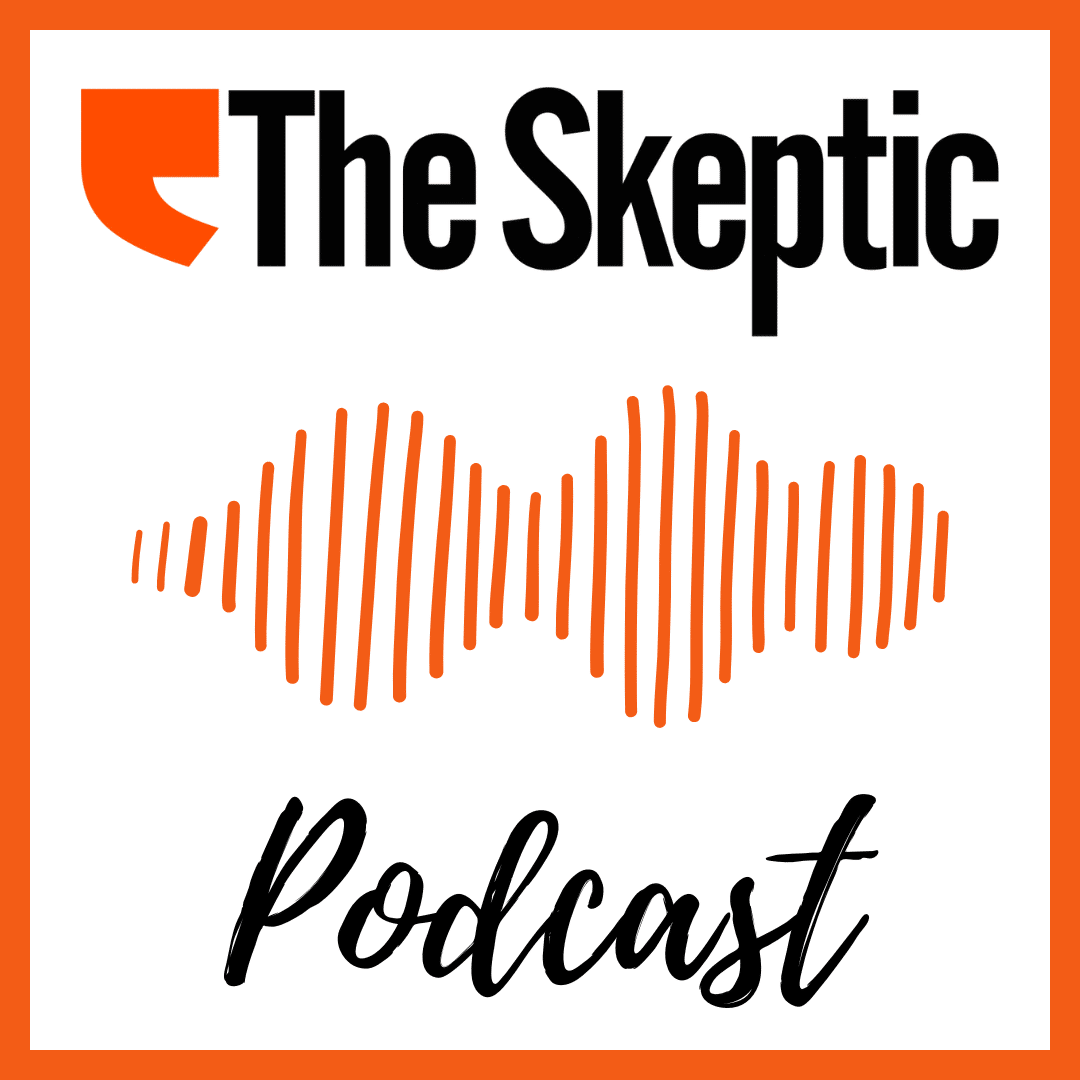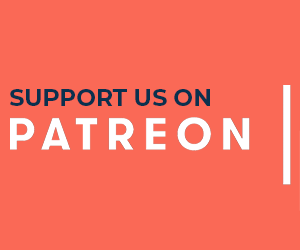Osteopathy can be a complex subject. This is because there are two types of osteopaths. In the US, osteopaths are fully trained doctors and rarely employ manual therapies. Everywhere else (including in the UK), they are practitioners of so-called alternative medicine (SCAM) who use a range of treatments, predominantly osteopathic manipulative treatment (OMT).
Despite considerable doubts about its effectiveness, OMT continues to be used for a range of paediatric conditions. Here is just one example of how osteopaths advertise their services:
I qualified as an Osteopath in 2009 after 4 years of intensive training from the British College of Osteopathic medicine, where I received a distinction for my efforts. After having two children I decided to do a 2-year Postgraduate training in Pediatric Osteopathy from the Osteopathic Centre for Children in London. Whilst at the centre I was lucky enough to meet a wide variety of children from premature babies in a Neonate Hospital ward to children with developmental issues and disabilities, children on the Autistic spectrum, to kids doing exams or experiencing high levels of stress. We also saw lots of children with normal coughs, colds, lumps and bumps.
And the ‘Institute of Osteopathy states:
Parents visit osteopaths for a range of reasons to support their child’s health. Children, like adults, can be affected by general joint and muscle issues, which is one of the reasons people visit an osteopath. Parents will also take their children to visit an osteopath for a variety of other health reasons that may benefit from osteopathic care.
As osteopathic care is based on the individual needs of the patient, it will vary depending on your child’s age and the diagnosis. Osteopaths generally use a wide range of gentle hands-on techniques that focus on releasing tension, improving mobility and optimising function. This is often used together with exercise and helpful advice. Some osteopaths have been trained in very gentle techniques which are particularly suitable to assess and treat very young children, including new-borns. You do not need to consult your GP before you visit an osteopath, although you may wish to do so.
So, how good or bad is osteopathy for kids? Our systematic review from earlier this year was aimed at finding out. Specifically, the aim of the paper was to update our previous systematic review (SR), initially published in 2013, by critically evaluating the evidence for or against this treatment.
Eleven databases were searched (January 2012 to November 2021). Only randomized clinical trials (RCTs) of OMT in paediatric patients compared with any type of controls were considered. The Cochrane risk-of-bias tool was used. In addition, the quality of the evidence was rated using Grading of Recommendations, Assessment, Development and Evaluation (GRADE) criteria, as recommended by the Cochrane Collaboration.
Thirteen trials met the eligibility criteria, of which four could be subjected to a meta-analysis. The findings show that, in preterm infants, OMT has little or no effect on reducing the length of hospital stay (standardized mean difference (SMD) -0.03; 95% confidence interval (CI) -0.44 to 0.39; very low certainty of the evidence) when compared with usual care alone. Only one study (8.3%) was judged to have a low risk of bias and showed no effects of OMT on improving exclusive breastfeeding at one month. The methodological quality of RCTs published since 2013 has improved. However, adverse effects remain poorly reported.
We concluded that:
the quality of the primary trials of OMT has improved during recent years. However, the quality of the totality of the evidence remains low or very low. Therefore, the effectiveness of OMT for selected pediatric populations remains unproven.
These days, it is not often that I am the co-author of a systematic review. So, allow me to make a few very brief points about our own work. Firstly, considering how many osteopaths treat children, the fact that only 13 trials exist seems shameful, to say the least. It suggests that the osteopathic profession has little interest in research.
The finding that adverse effects are poorly reported is even more shameful, in my view. It shows that the few osteopaths who do some research don’t seem to mind violating research ethics.
Finally, the fact that overall our review failed to yield good evidence that OMT is effective for any paediatric condition is probably the most shameful finding of them all. To me, it suggests one of two things: either the many osteopaths who regularly treat children are not informed about the evidence, or they are informed but don’t care about this ‘little detail’, and treat kids regardless. In either case, they are violating fundamental rules of healthcare ethics.
Treating children is always a delicate effort. They cannot give informed consent and they are in many ways more fragile than adult patients. Treating children with OMT is, in my view, not much different from child abuse.
References
- Posadzki, P., Kyaw, B. M., Dziedzic, A., & Ernst, E. (2022). Osteopathic Manipulative Treatment for Pediatric Conditions: An Update of Systematic Review and Meta-Analysis. Journal of clinical medicine, 11(15), 4455.



